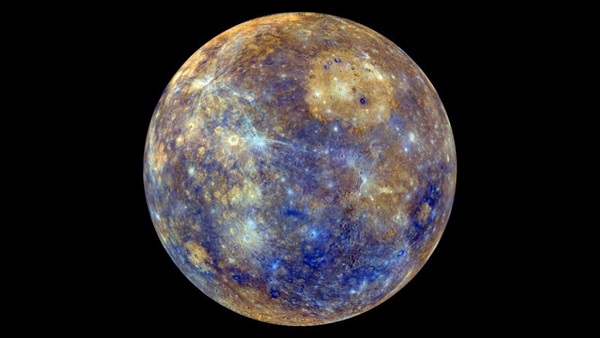Deep in the night sky, in the constellation of Sagittarius, shrouded by interstellar gas and dust, lies a mysterious object. So enigmatic is this object, it cannot be observed directly, not even light can escape its presence.
Read MoreDeep in the night sky, in the constellation of Sagittarius, shrouded by interstellar gas and dust, lies a mysterious object. So enigmatic is this object, it cannot be observed directly, not even light can escape its presence.
Read MoreSometimes white, sometimes red, crescent-shaped, oval or perfectly round, the Moon has been the faithful companion of the Earth for billions of years.
Read MoreWe speak of a system because there is not only one ring but countless, almost an infinity. The rings of Saturn are unique in the solar system because they are both very extended and very bright.
Read MoreApart from our star, the Sun, and some small stars (comets, asteroids, etc.), the solar system includes 8 planets that can be divided into three categories. There are 4 terrestrial planets, that is to say having a rocky and therefore solid surface: Mercury, Venus, Earth and Mars, to which is added Pluto which is a dwarf planet.
Read More












